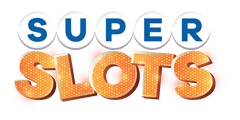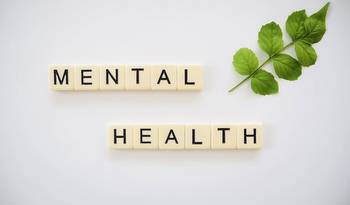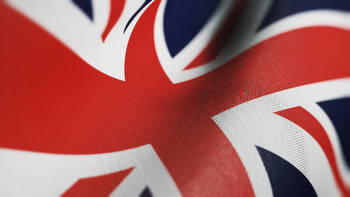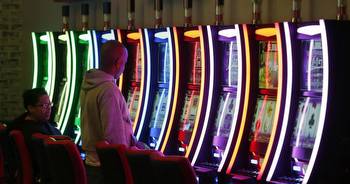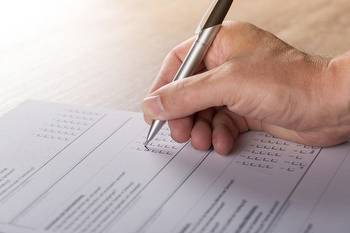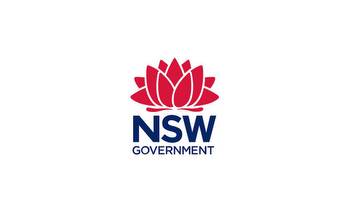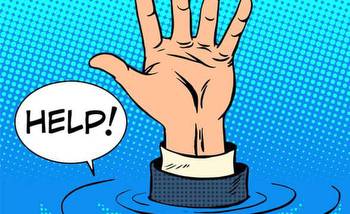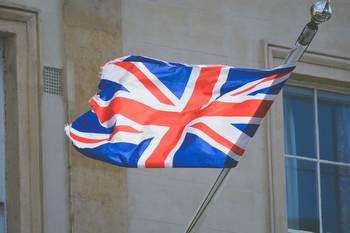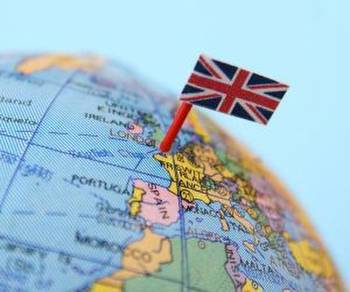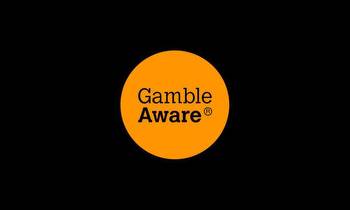GambleAware CEO speaks out after drop in gambling harm treatment

In the year to 31 March 2021, the number of individuals that used treatment offered through the service fell 5.8%, to 8,490.
However, of those that ended treatment in the twelve months to 31 March, 74% completed their programme, an improvement from 59% in the 2019-20 year. The number of people that dropped out before treatment finished fell from 35% to 20% in this period.
And 92% of those that completed the treatment offered saw their Problem Gambling Severity Index (PSGI) scores declined, which GambleAware cited as evidence of the National Gambling Treatment Service’s impact. Even among those that dropped out of treatment, 60% recorded lower PSGI scores.
GambleAware chief executive Zoë Osmond said the results were particularly impressive given the disruption treatment services faced due to the novel coronavirus (Covid-19) pandemic.
“It is encouraging to see that during an unprecedented year, when many of the services had to move online, the National Gambling Treatment Service has been able to continue to deliver good results for those receiving treatment,” she said.
However, she added that further awareness of the service is needed, given the decline in uptake.
“The worryingly low uptake of services however underlines the very real need to continue to raise awareness of and improve pathways to the service, so that more people know that help is available,” she said.
The vast majority of clients, at 70.4%, were male, with the largest age group being those aged between 30 and 34.
In the month preceding treatment, 25.2% of respondents said they had spent more than £2000 on gambling, with a further 24.6% spending between £1,000 and £2,000. However, after treatment, only 4.1% spent more than £2,000, while 6.0% spent between £1,000 and £2,000.
Online gambling was the main activity for those treated, with 79.0% of those to complete treatment gambling via the channel, and 69.7% using the internet as their “main gambling location”.
This included 31.9% of respondents who said they played online slots, while 26.9% bet on sports and 20.7% who said they played table games.
The majority of respondents also said they were in some kind of debt due to gambling. This included 1.3% who admitted to debts of more than £100,000 or more and 12.7% that owed between £20,000 and £100,000. In addition, 0.6% said they had gone through bankruptcy proceedings due to their gambling and 1.4% said they had agreed individual voluntary agreement to repay debts.
The median decline in PGSI scores for those treated was 13 points, and the percentage reporting a score of eight – indicating problem gambling – or more dropped from 94% to 28%. For 26.9% of customers, PGSI scores improved by more than 20 points on the 27-point scale.
For 2.6% of customers, however, PGSI scores increased.
In November, GambleAware reported that awareness for the treatment service had grown after a new campaign, comprising four bursts of media targeting men and one for women.
The project ran across newspapers, magazine, out-of-home advertising, radio and online, with the aim of reaching high-risk gamblers experiencing significant harms.








